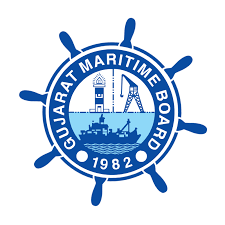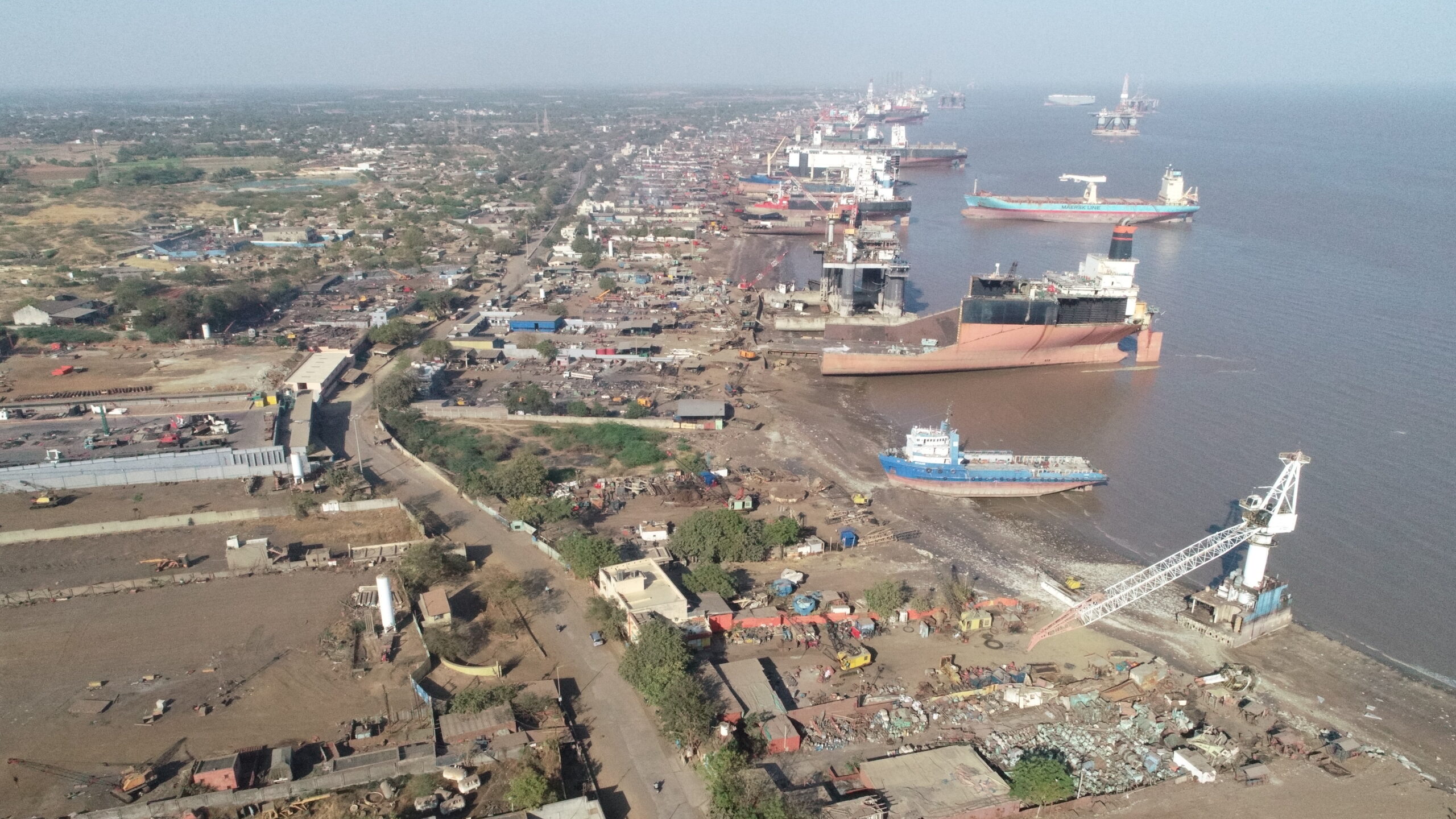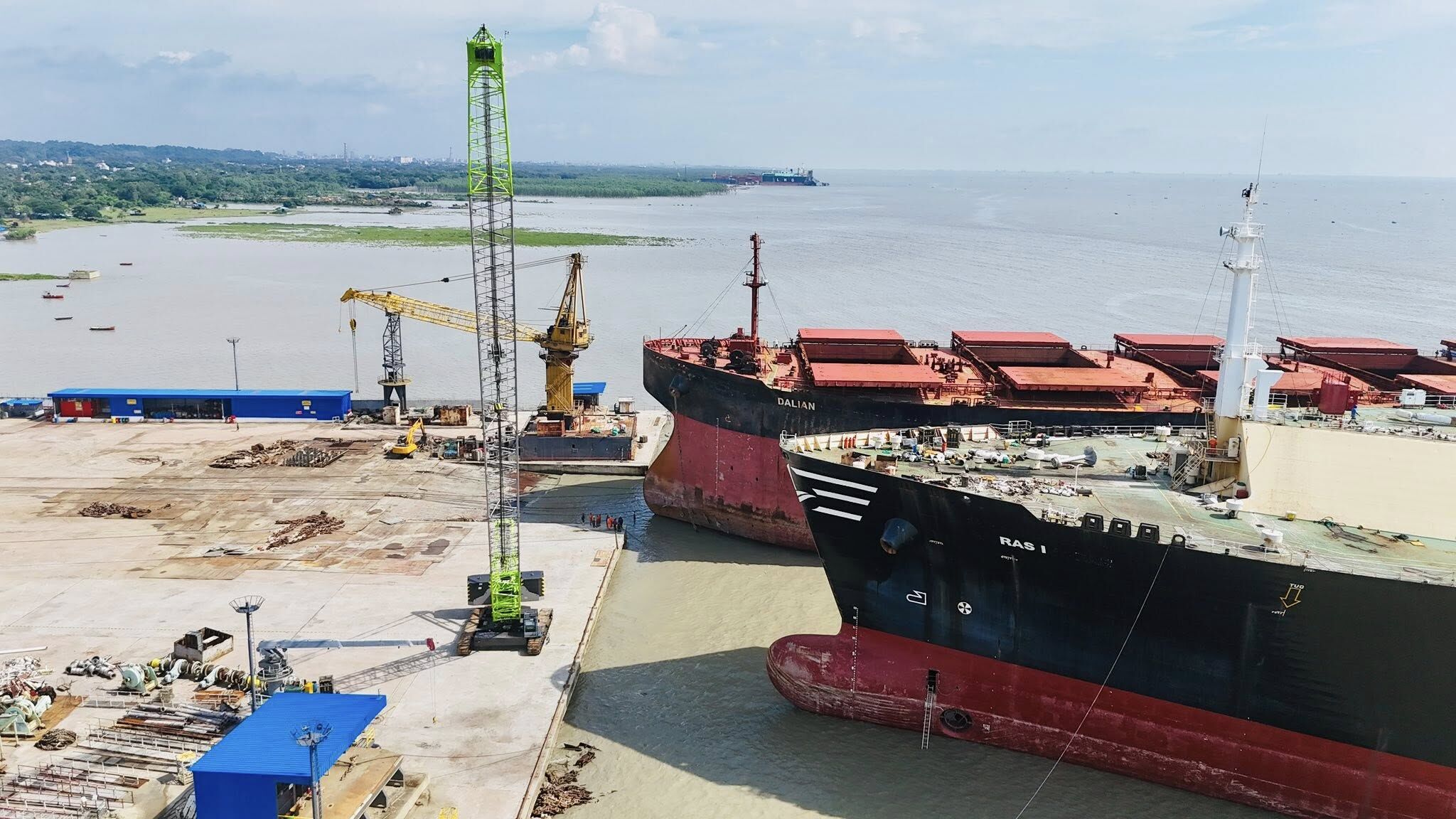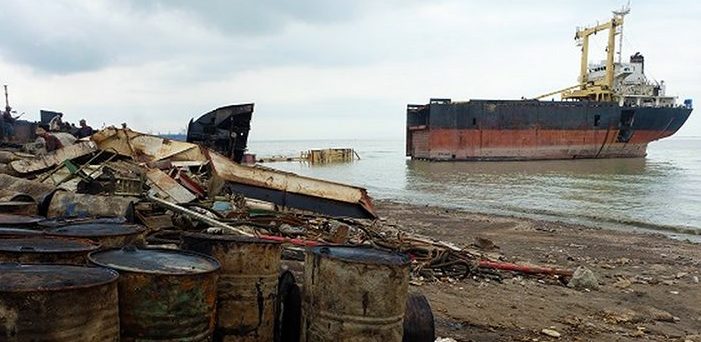India’s Progress in Port Development is Impressive but China’s Challenge Remains a Significant Hurdle: How Can India Compete?

In the past few decades, India’s economic rise has been mirrored by the rapid development of its port infrastructure. The country’s vast coastline, stretching over 7,500 kilometres, offers immense potential for economic growth, especially through maritime trade. While India has made impressive strides in modernizing its ports, particularly through the Sagarmala project and other related initiatives, the shadow of China’s formidable port and maritime capabilities still looms. As India progresses, the critical question remains: how can it effectively compete with China in the global port infrastructure race?
India’s Impressive Progress in Port Infrastructure
India’s journey towards port modernization began in earnest in the early 2000s but saw a significant push with the launch of the Sagarmala project in 2015. The Sagarmala project was envisioned as a game-changer for India’s maritime sector, focusing on port modernization, connectivity enhancement, port-led industrialization, and coastal community development. Since its inception, the project has aimed at reducing logistics costs, boosting exports, and attracting foreign investments in the shipping sector.
India has nearly 200 ports, of which 13 are major ports (under the control of the Central government) and the rest are minor. The major ports handle around 60% of the country’s total cargo traffic, making them critical to the nation’s trade ecosystem. Key ports such as Jawaharlal Nehru Port Trust (JNPT) in Mumbai, Kandla, Chennai, Visakhapatnam, and Mundra Port have seen massive upgrades in terms of capacity, efficiency, and connectivity to inland areas.
India has also emerged as a region’s leader in container traffic. JNPT, for instance, handles more than half of India’s containerized cargo and is continuously expanding its capacity. Private players like the Adani Group have played a crucial role, particularly with the development of Mundra Port in Gujarat, which is now India’s largest commercial port.
The Role of Technology in Port Modernization
Modernization is not just about expanding physical infrastructure. India has increasingly embraced digital technologies in its port operations. Port automation, real-time data management, and integrated logistics systems are slowly becoming the norm. The Port Community System (PCS1x), a digital platform launched by the Indian Ports Association, allows for seamless communication between various stakeholders, reducing paperwork and boosting efficiency. Additionally, India’s ports have started adopting blockchain technology for cargo tracking and improving transparency in trade.
Such developments have had a direct impact on India’s standing in global logistics. According to the World Bank’s Logistics Performance Index (LPI), India made considerable improvements, ranking 44th in 2018 compared to 54th in 2014. However, despite these advances, India still faces stiff competition from its giant neighbour to the north: China.
China’s Dominance in Global Ports
China’s port infrastructure is, by all accounts, unmatched in scale, efficiency, and global reach. The country has more than 2,000 ports, with 34 of them ranked among the world’s top 50 in terms of container throughput. Ports like Shanghai, Ningbo-Zhoushan, Shenzhen, and Guangzhou consistently rank among the busiest in the world, handling a significant portion of global trade. Shanghai Port alone handled over 43 million TEUs (Twenty-foot Equivalent Units) in 2020, far surpassing any Indian port.
China’s Belt and Road Initiative (BRI) has further expanded its influence in global maritime trade. Under BRI, China has invested heavily in port infrastructure across Asia, Africa, and Europe. Ports in countries like Sri Lanka, Pakistan (Gwadar), Greece (Piraeus), and Djibouti have become critical hubs in China’s maritime network, giving it unparalleled control over major global shipping routes.
Furthermore, China has integrated its port development with broader economic and industrial policies. The concept of Special Economic Zones (SEZs) near ports has driven China’s export-led growth. These SEZs, combined with world-class road and rail connectivity, have allowed China to create a seamless logistics ecosystem that offers faster, cheaper, and more efficient trade services than most other countries.
India’s Challenges in Competing with China
India faces several challenges in competing with China’s global port dominance. First, while India’s coastline is vast, the geographical distribution of its major ports presents logistical difficulties. Most of India’s major ports are located on the western coast, which limits access to trade routes with Southeast Asia and the Pacific. In contrast, China’s ports are spread across its entire coastline, allowing for better connectivity and regional trade.
Second, India’s ports, despite recent upgrades, still lag behind China in terms of efficiency and capacity. China’s ports are not only bigger but also operate with greater speed and automation. The average turnaround time for a ship in Indian ports is still significantly higher than that in Chinese ports, reducing India’s competitiveness.
Moreover, India faces bureaucratic and regulatory challenges that slow down the approval and implementation of port-related projects. Complex land acquisition processes, environmental clearances, and local political hurdles often delay infrastructure projects, whereas China’s centralized governance allows for swift decision-making and execution.
The Path Forward for India
Despite these challenges, India has several strengths that could help it bridge the gap with China in the long run. First, India’s demographic dividend provides a large and growing consumer market, which can drive domestic and international trade through its ports. Additionally, India’s strategic location in the Indian Ocean gives it a natural advantage as a maritime hub for trade routes connecting Africa, the Middle East, and Southeast Asia.
To effectively compete with China, India must focus on improving the efficiency of its ports through deeper automation and faster adoption of technologies like artificial intelligence, Internet of Things (IoT), and blockchain. Building more SEZs near ports, similar to China’s model, could stimulate export growth and industrial development. Additionally, boosting public-private partnerships will be key to accelerating infrastructure development and attracting foreign investment.
India must also focus on developing blue economy initiatives, which include sustainable maritime trade, fisheries, and offshore renewable energy projects. These could enhance its economic engagement in the Indian Ocean region, reducing dependency on traditional cargo traffic and making its maritime sector more diverse.
Strategic Alliances and Global Partnerships
Another area where India can bolster its position is through strategic alliances. India has already formed partnerships with countries like Japan and the United States to develop its maritime infrastructure. The Quad (Quadrilateral Security Dialogue) grouping, which includes India, the U.S., Japan, and Australia, has the potential to act as a counterbalance to China’s BRI in the Indo-Pacific region. By working together, these countries could create an alternative to China’s port dominance and ensure the security of critical trade routes.
In conclusion, while India has made commendable progress in upgrading its port infrastructure, it faces a monumental task in competing with China’s maritime supremacy. However, with strategic planning, technological advancement, and international collaboration, India can position itself as a key player in the global maritime sector.
Author: shipping inbox
shipping and maritime related web portal








